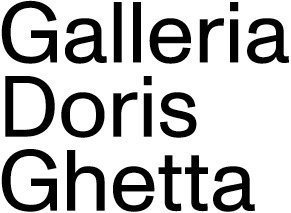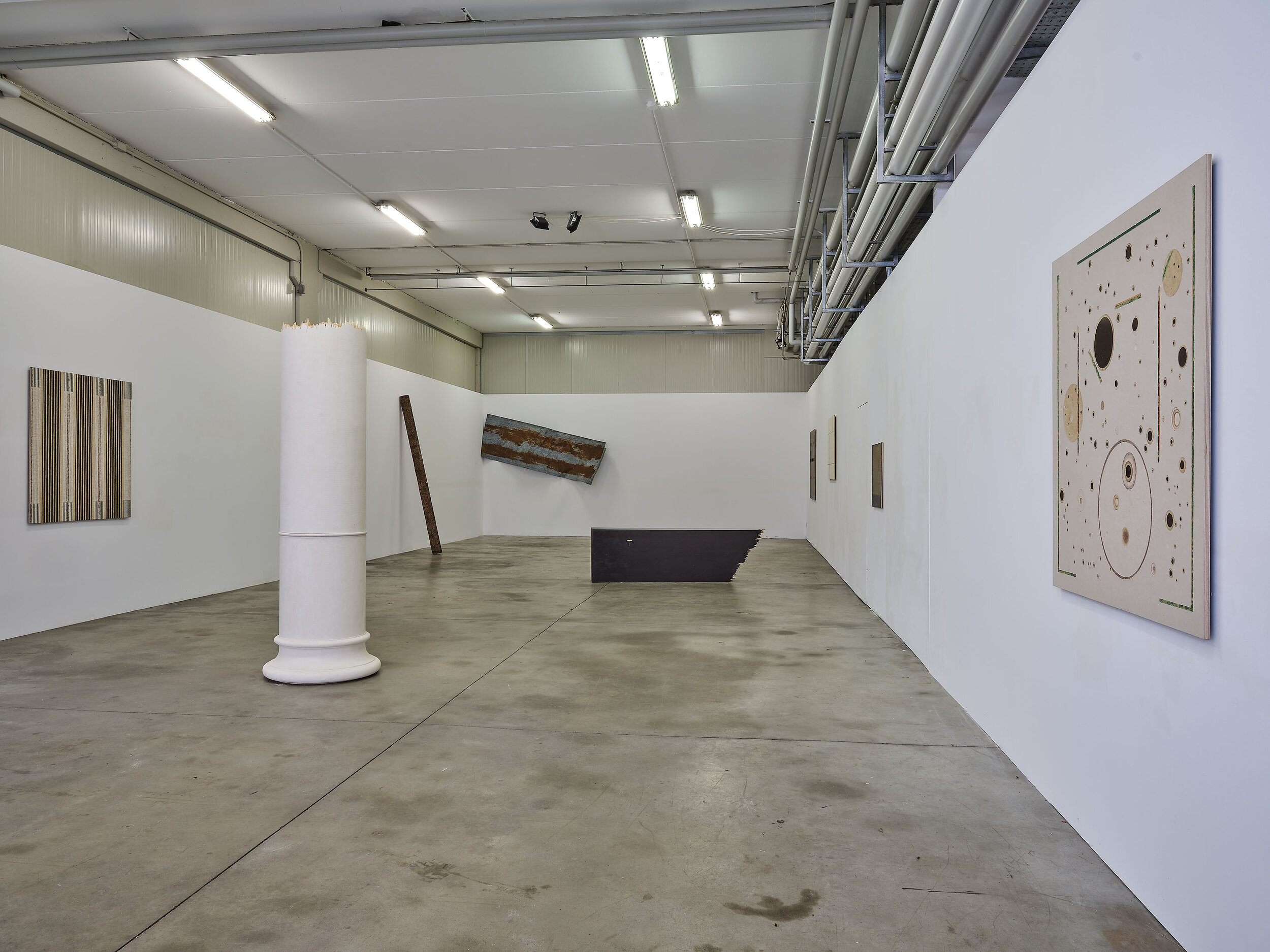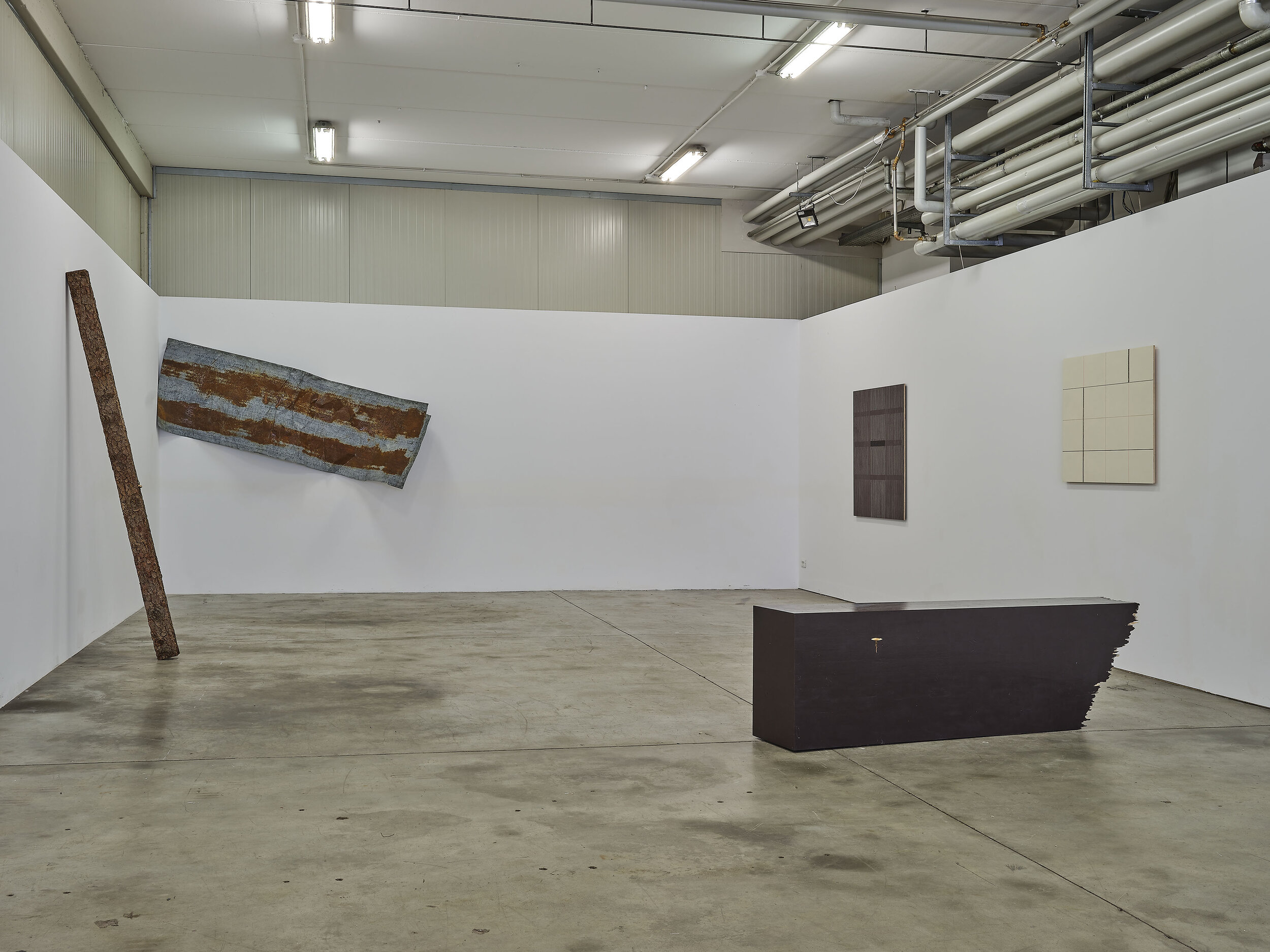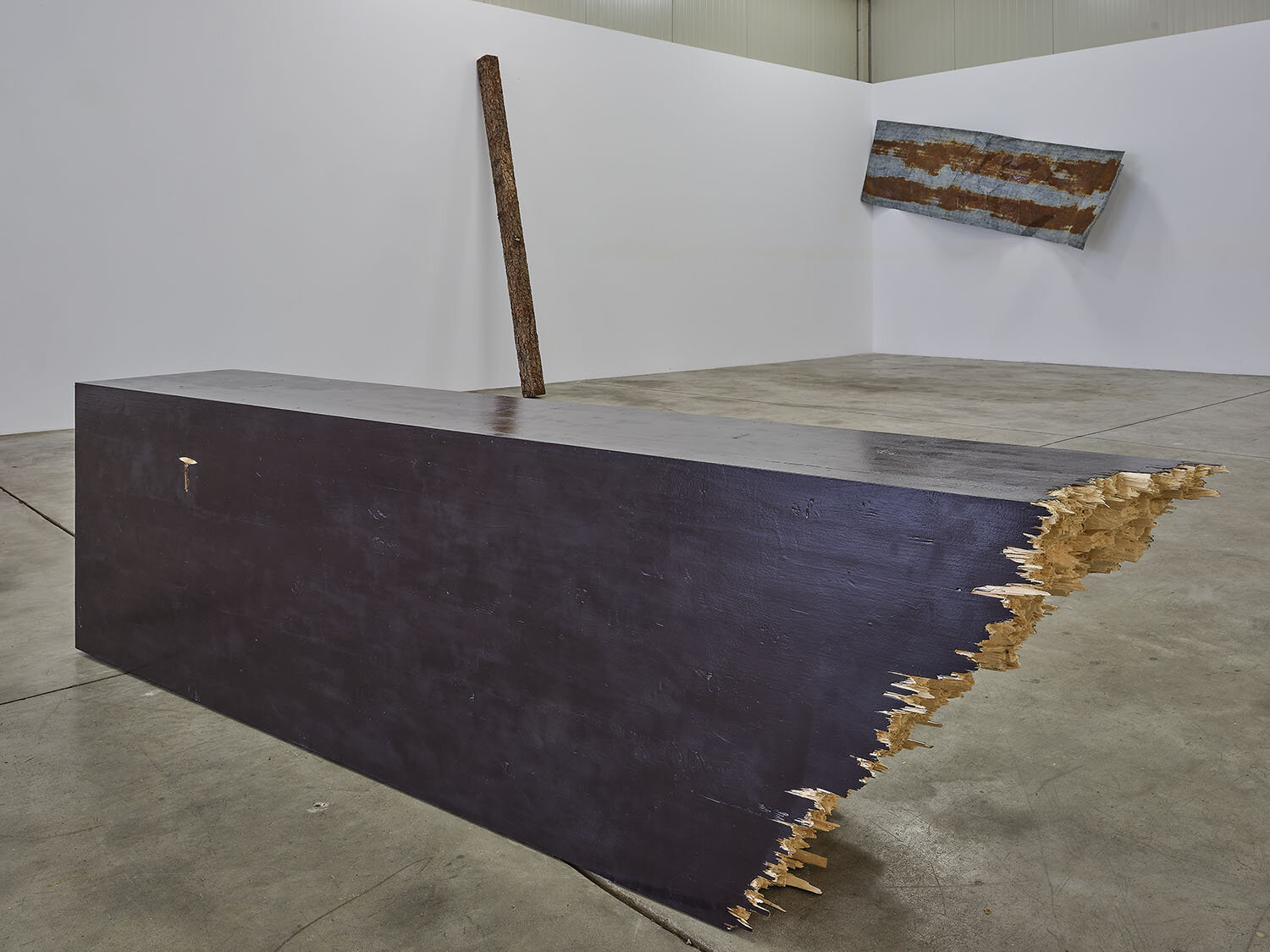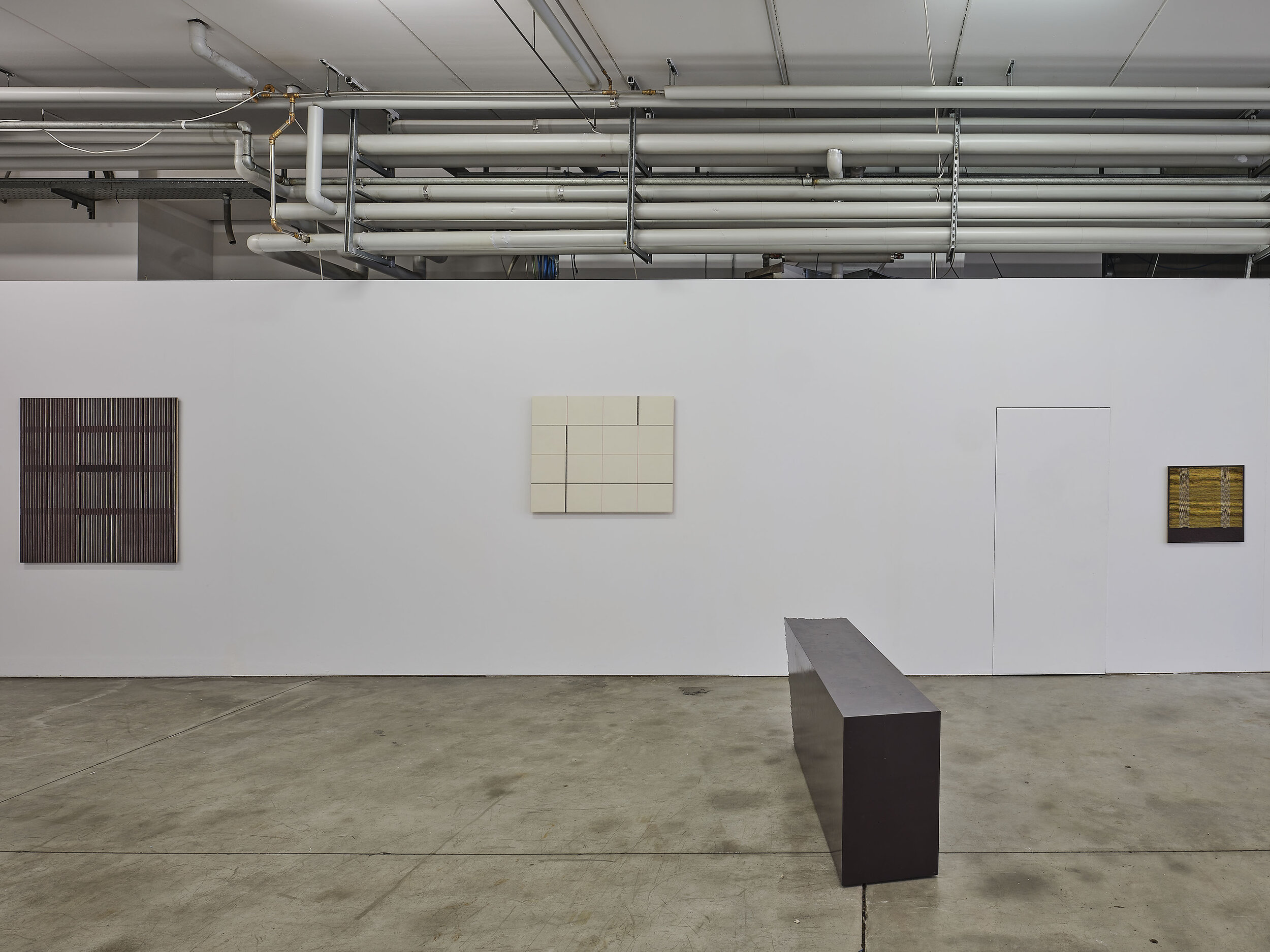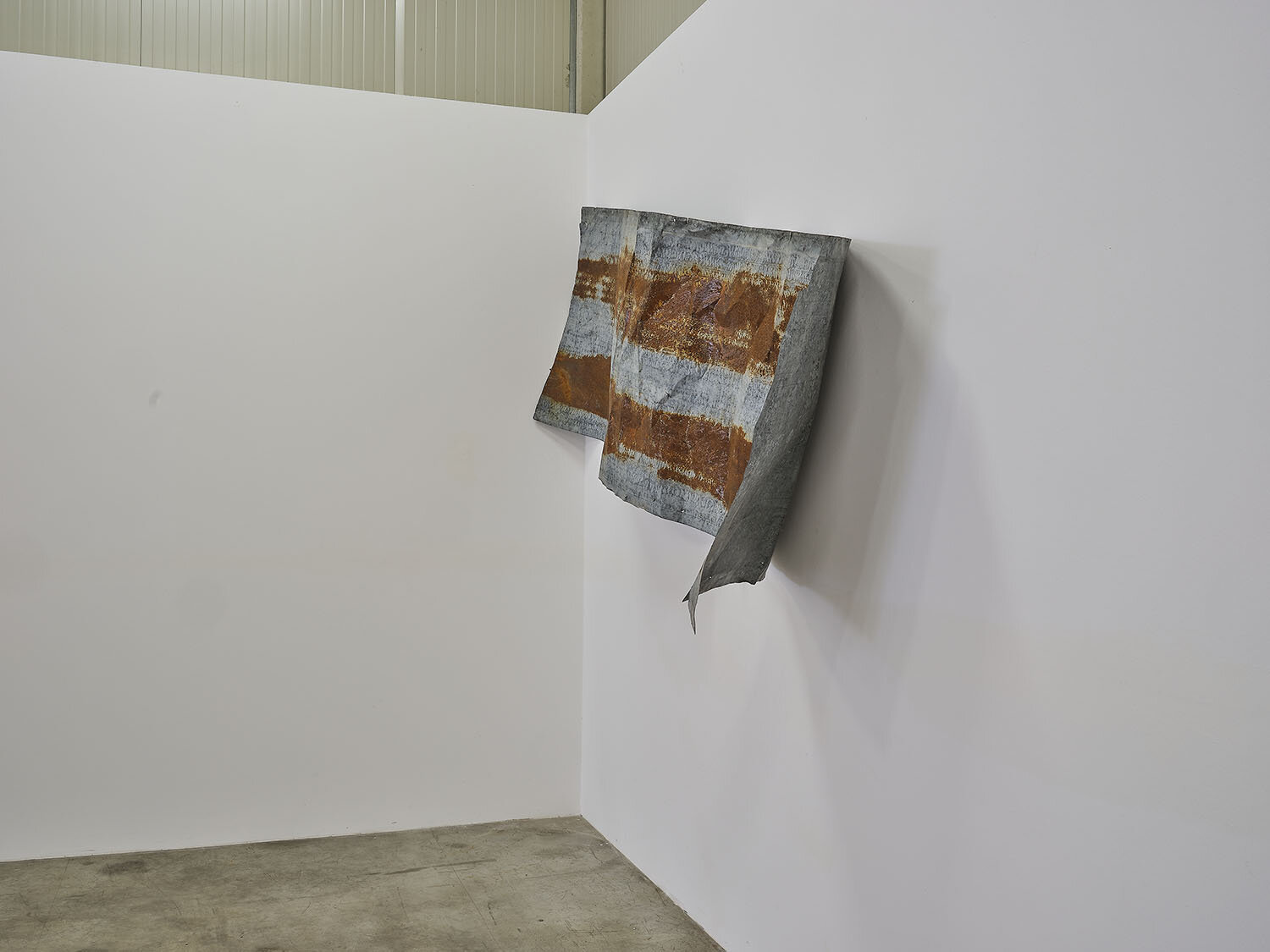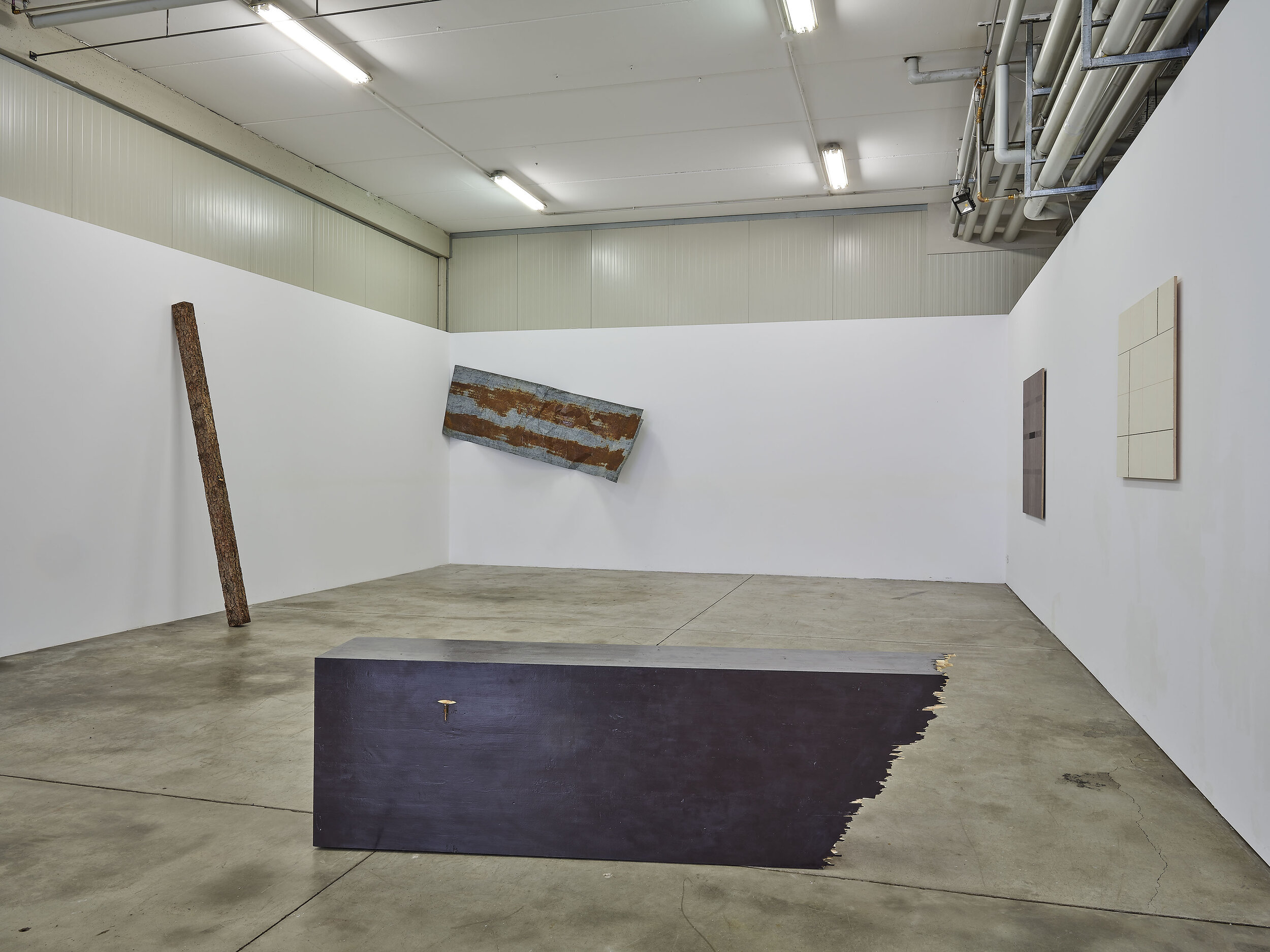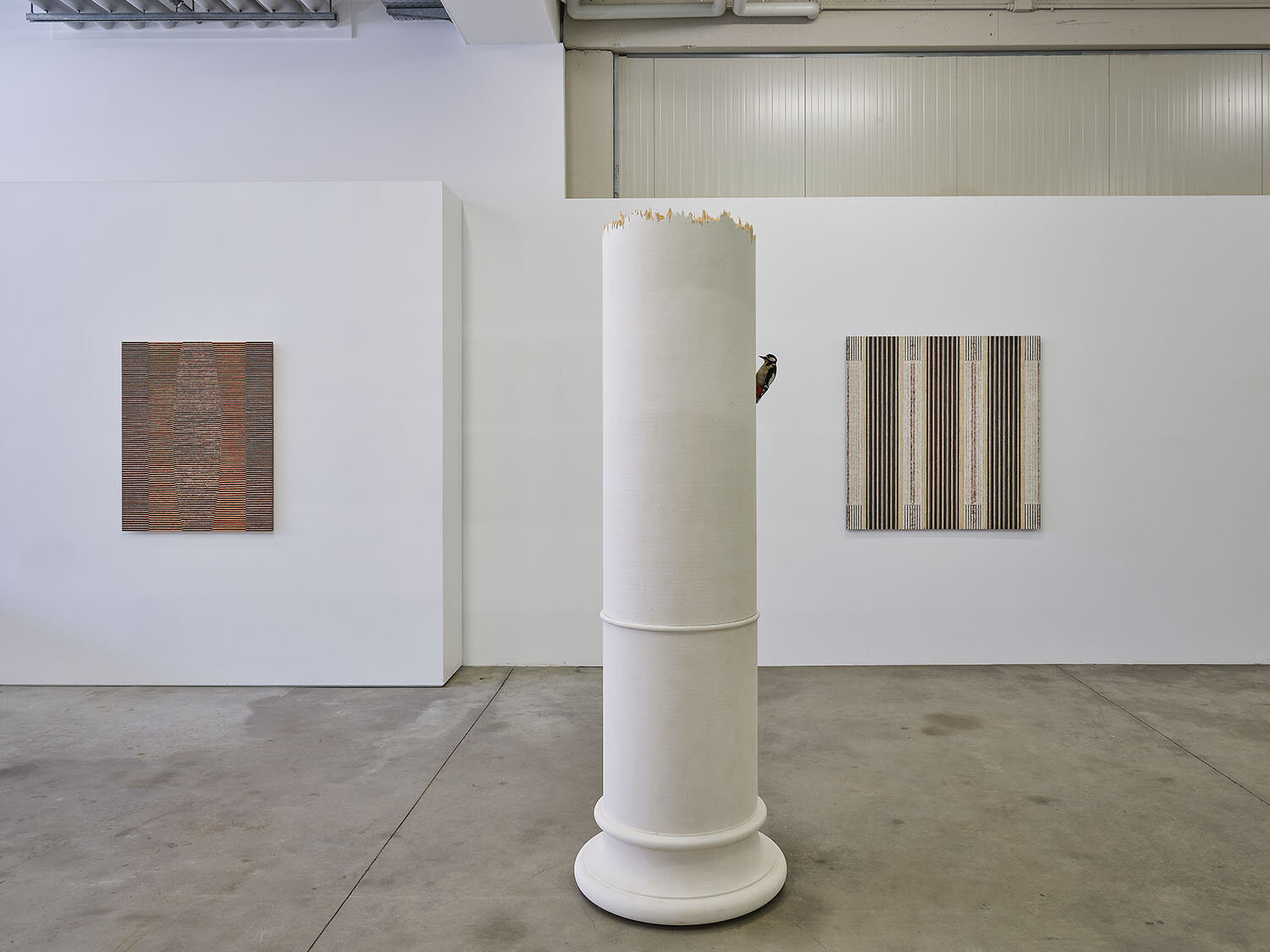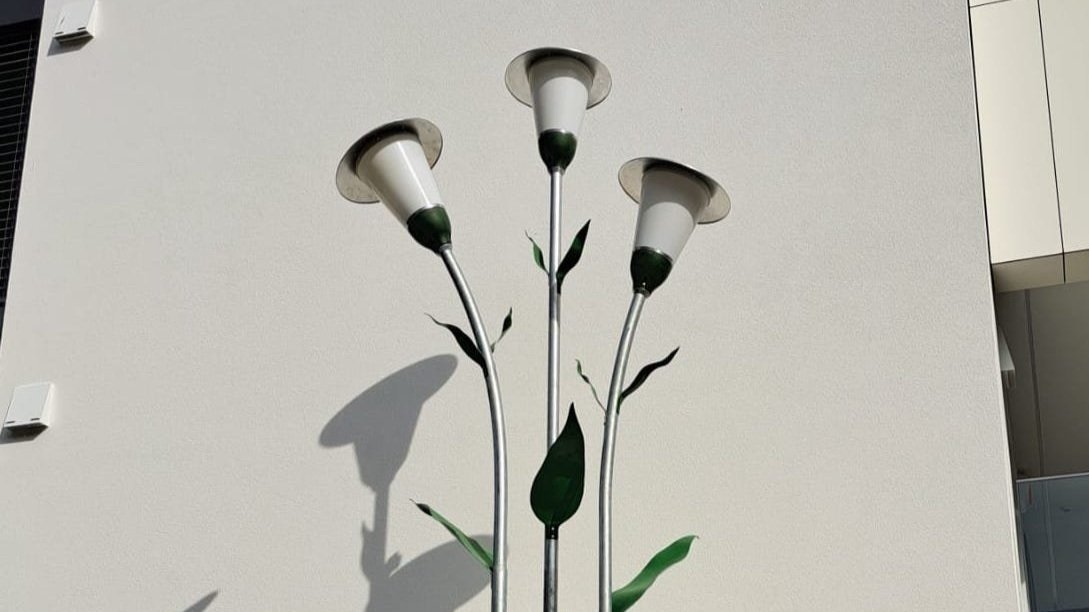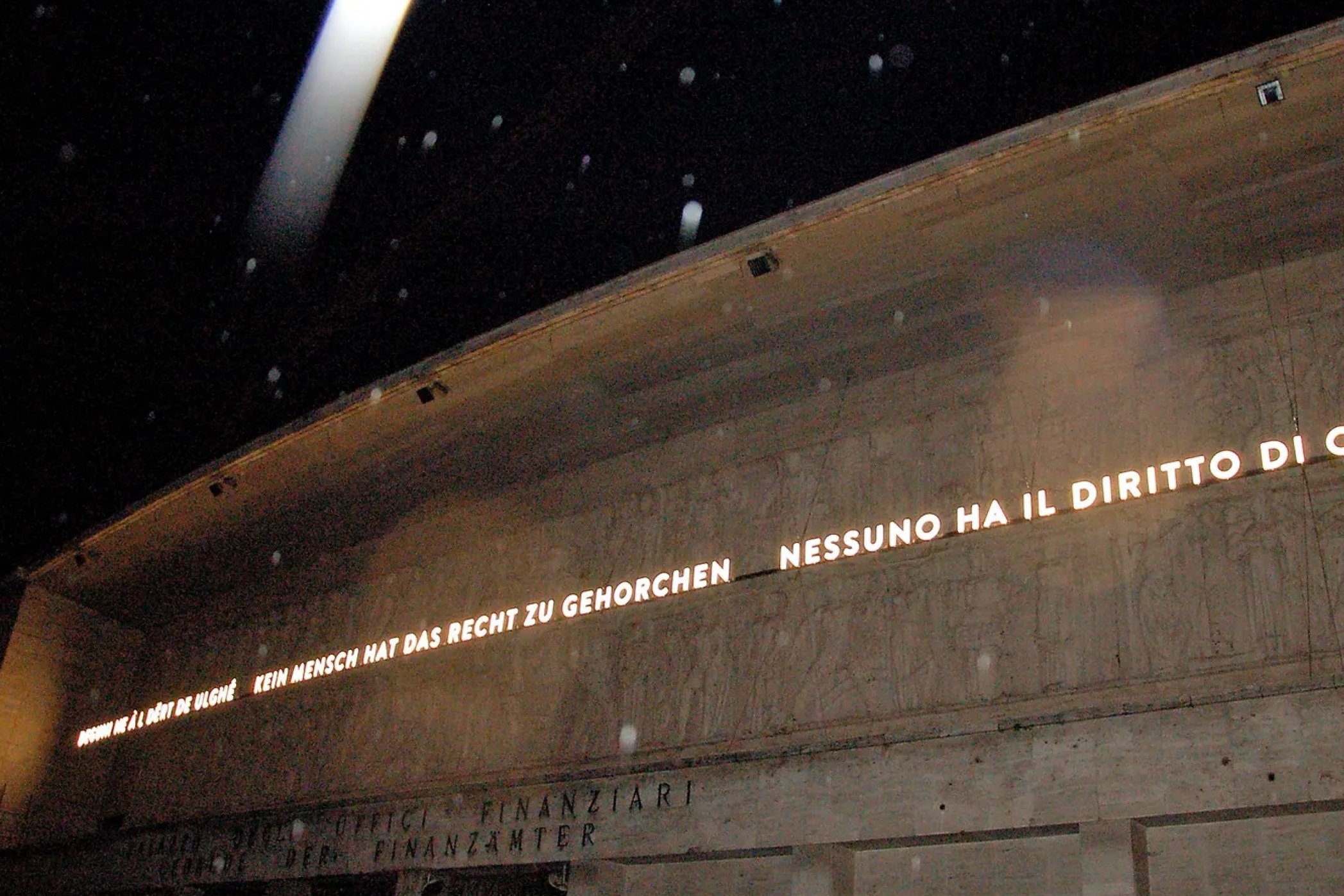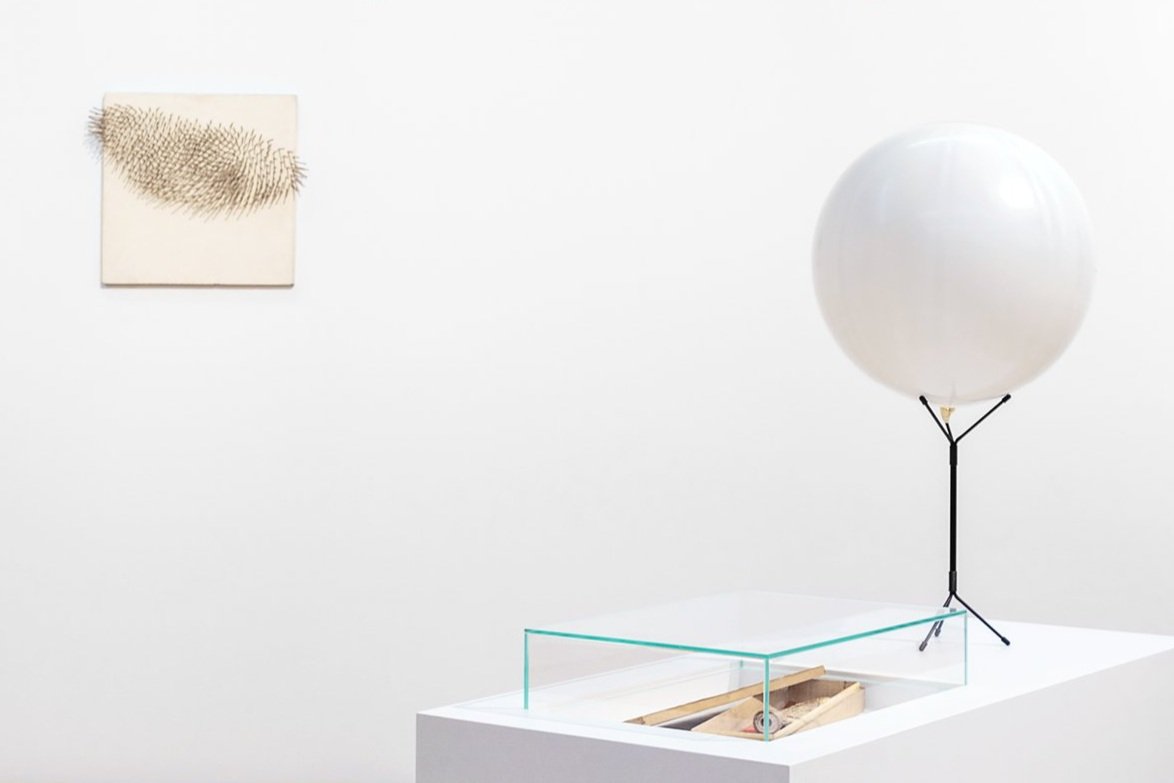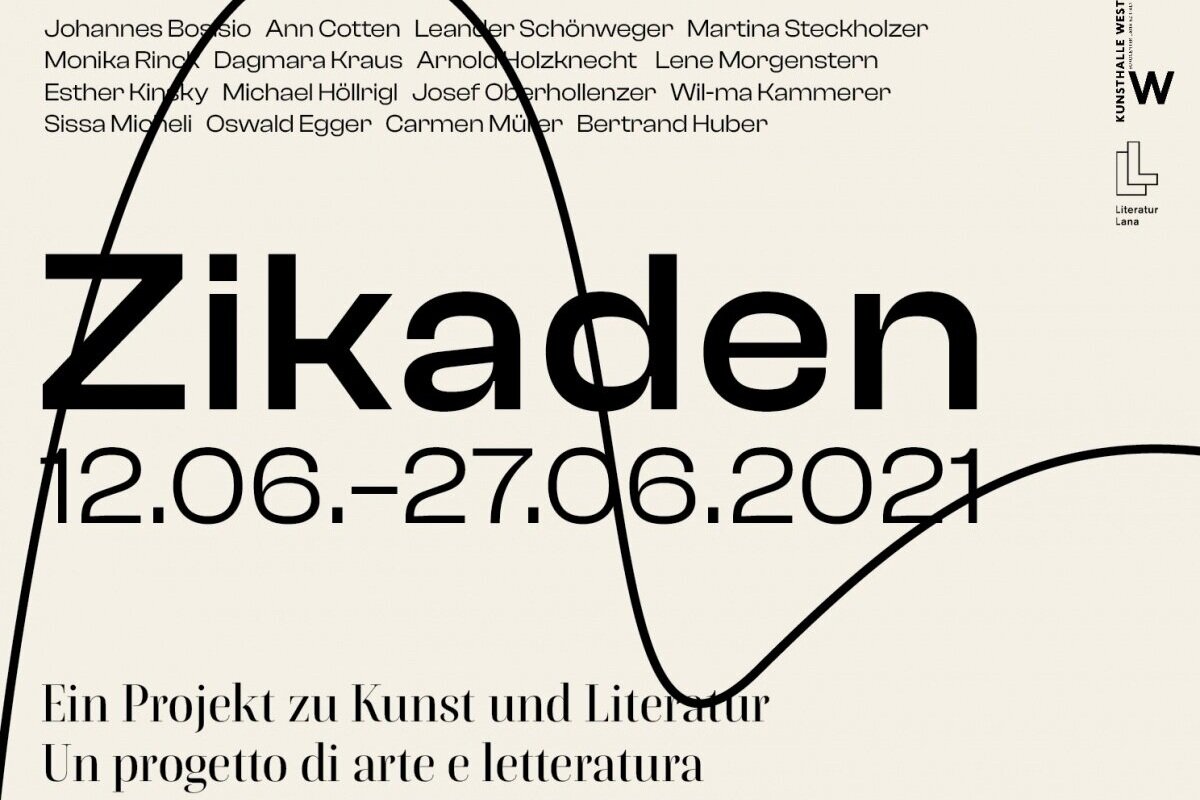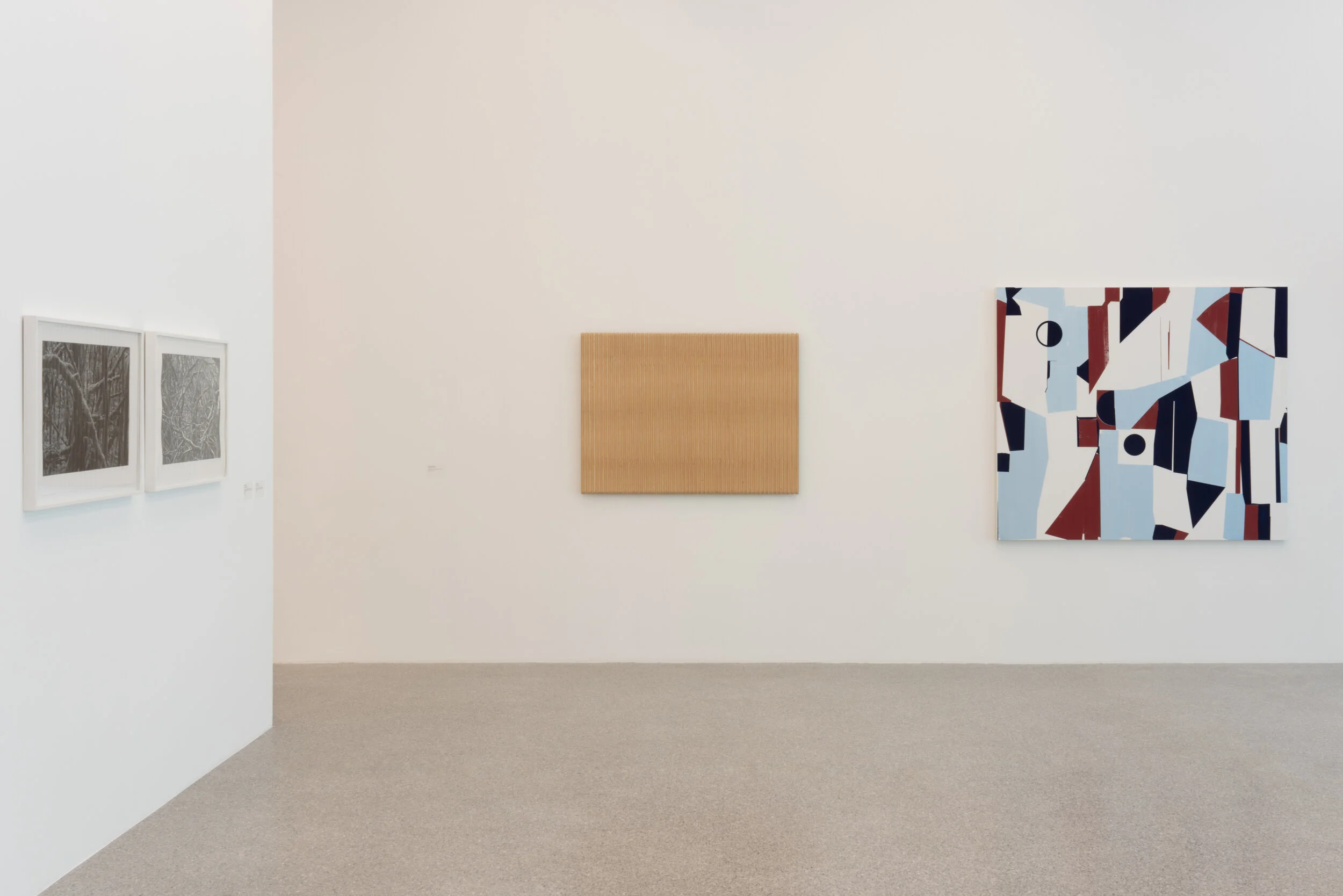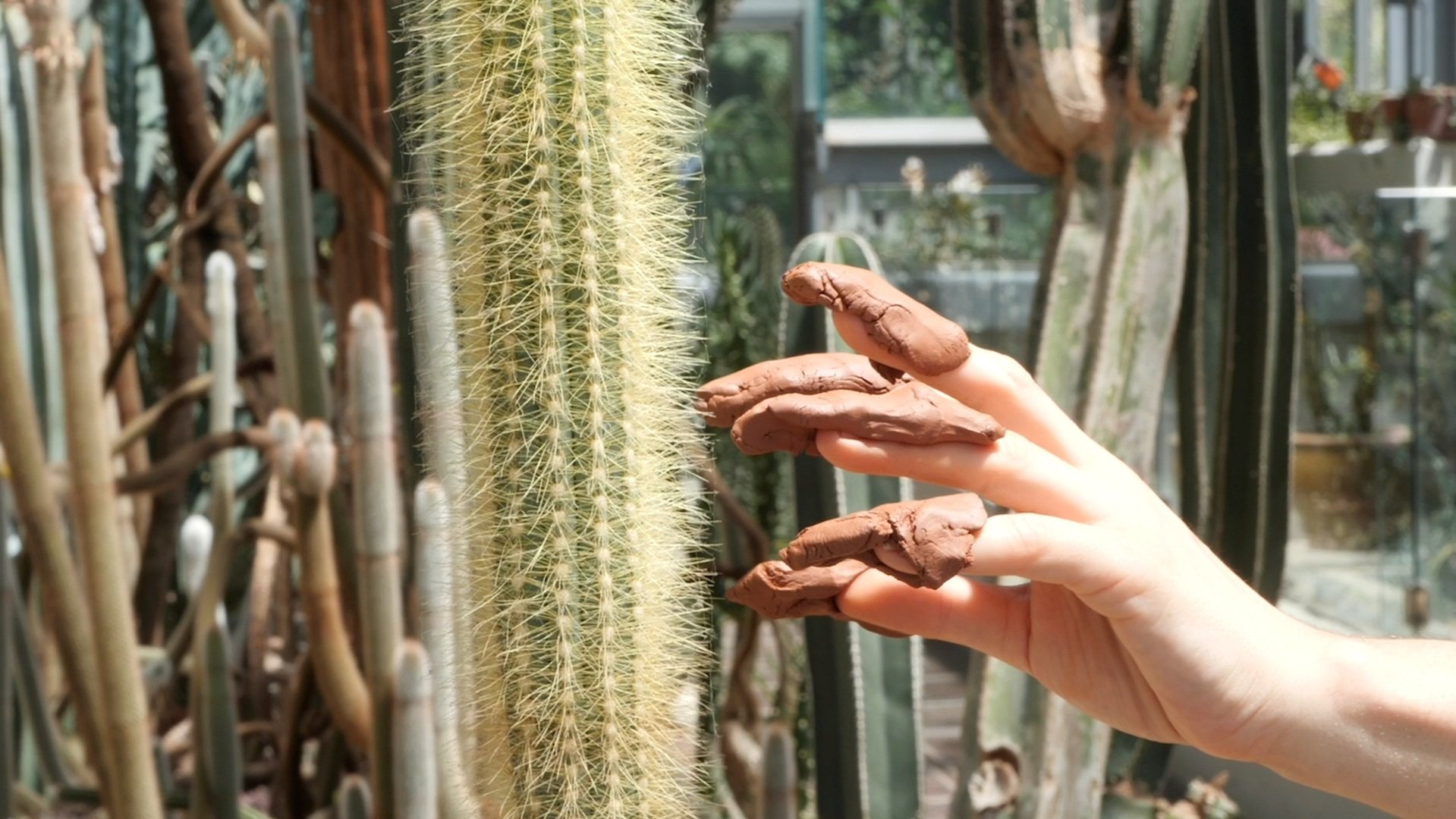Arnold Holzknecht
Cie fossa pa
01.08.
28.12.20
Ortisei
Cié fossa pà, the title of Arnold Holzknecht’s exhibition, suggests a mode of a hypothetical thinking. In its ancient usage, hypothesis referred to a summary of the plot of a classical drama. The English word hypothesis comes from the ancient Greek word ὑπόθεσις hypothesis whose literal or etymological sense is "putting or placing under" and hence in extended use has many other meanings including “supposition”. A porous surface opens up the exhibition narrative; a surface under investigation, covered by loopholes, set in motion of an interrupted framework. Overlapped forms negotiate their validity in a limitless space and uncertain time; orbits circulate eccentrically in a desperate search for their place and proper fitting. Cié fossa pà is the artist’s antecedent of a proposition for a new world to emerge, a study of possibilities, simultaneously intimate and all-encompassing, under a scrutiny of an omnipresent geometry which moderates a care of what comes next. In Plato's Meno (86e–87b), Socrates dissects virtue with a method used by mathematicians, that of "investigating from a hypothesis." In this sense, 'hypothesis' refers to a clever idea or to a convenient mathematical approach that simplifies cumbersome calculations. Cardinal Bellarmine gave a famous example of this usage in the warning issued to Galileo in the early 17th century: that he must not treat the motion of the Earth as a reality, but merely as a hypothesis. Holzknecht is a diligent mathematician with the skills of a suspicious cartographer and a passionate fortune teller. In a precarious moment of uncertainty, his vision of a universe, grounded beyond a reasonable doubt, is woven of assumption of a presumed innocence and a world beyond guilt. Hypothesis is a shelter for a released form, in a flux and uncontrolled movement, a momentary freedom (its proposed explanation). Cié fossa pà articulates a prediction scenario, “as if”, if, an anxiety of “would be”; but also a security of and a comfort of prediction, last but not least, a pleasure of anticipation. A silence fills up the space, or is it an illusion? Perhaps a hypothesis (again), or its deception? Raindrops on the grandfather’s corroded roof, cracking of a wood, disturbing the stillness of a deep forest, echo of a woodpecker’s songs, a caretaker’s protective labour, sonic architecture of a heartbeat. Memory and healing, time and a wound, longing and passing. Cié fossa pà is a chamber music.
Ich bin verliebt in Schubert, the artist confesses. The most lyrical amongst the composers, as Liszt used to praise him. Holzknecht orchestrates the exhibition with a tactful grace of a tormented poet. Each work is a score, a vibrant composition, simultaneously rigid and generously liberated. Floating structure in the furthest corner echoes diagonally the gravitational equilibrium of the opening relief. Holzknecht’s is an art of tender layering and gradation; “placing under” is conducted with rigor and consequence, “inner necessity” at work. Depth is an agent of surface as straight lines turn into curves, composing ovals of volumes; curves rapidly obey the logic of the structure’s refrain. Forms support each other, sup-posed and over-lapped, in text-uring the surfaces and building up the thickness. Optical illusion supports the labour of a desiring machine. Holzknecht’s wood reliefs recall the textiles structures, Bauhaus’ tapestries and their melody of geometric pattern, soft and sensual, as the artist alchemically transforms the qualities of the materials and the matter’s usual perception. Repeated form unfolds orderly, constructing fields of abstract planes; rhythm governs the structure while fixed forms, altered (humorously), dialogue with the organic growth of nature. Holzknecht practices a kind of architectural writing, a poetry of vulnerable frames, composed of injured forms and wounded surfaces. Violence interrupts the silence; instability demands protection. Tatbestand of an elementary form is challenged by both the sadden force of nature and a mighty presence of a historical reference. A damaged column, once a solid support, in the centre of Cié fossa pà, is a monument of melancholy for a world at the brink; a rectangular trunk, wrapped in a tight skin of bark, performs a victim of an ecological failure and bio-political experiment. Arnold Holzknecht’s art had never been more metaphoric. More mature either. Ich schnitze aber Ich schnitze nicht, the artist concludes ironically. Ambivalence pairs hypothesis in Holzknecht’s critical rehearsing of his ethical stance. The paradoxically multilayered void of Cié fossa pà articulates the artist’s placing in a world of oncological doubt and suspense.
Adam Budak
Press Release | Comunicato stampa | Presse Text
Works
BIOGRAPHY
1960 born in Bressanone, Italy
1978 - 1985 Accademy of visual Arts in Florence, Italy and Munich, Germany
lives and works in Ortisei, Italy
